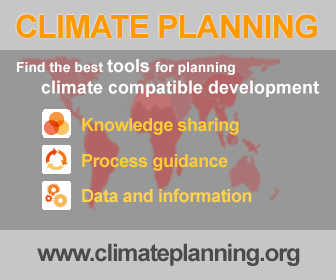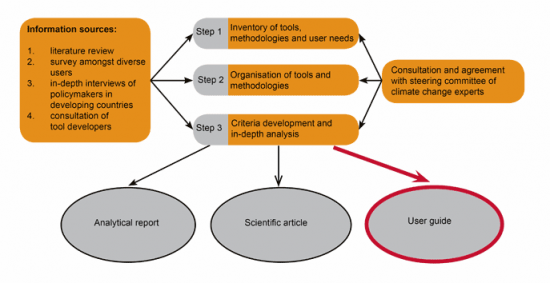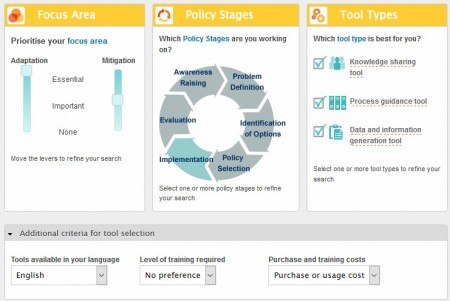June 29, 2016 – If you are into climate change planning then I highly recommend whether you are in private industry or government that you visit the site Climate Planning. A product of Ecofys, Cologne, Germany, the Institute of Development Studies (IDS), University of Sussex in Brighton, UK, and the Climate Development Knowledge Network (CDKN) located in London, UK, the site’s primary focus is to help developing countries implement climate compatible development. “Development” and “climate” are not usually two associated words. When we think “climate” we immediately talk about reductions. When we think “development” we think increases. And yet we know that the Developing World is wrestling with climate change while trying to raise its populations out of poverty which requires economic development. The question then for them is this, can development be climate compatible?
The collaboration that produced the Climate Planning user guide is aimed at addressing climate compatible development. To produce the guide the research involved extensive surveys, interviews, and consultation with climate thought leaders. The process is defined in the image below.
So what does the guide do? It assesses a range of tools covering seven categories focused on adaptation and mitigation. Tools are analyzed by costs, extent of guidance and stakeholder participation. A current weakness is too many similar tools developed for climate change adaptation with almost all applying to early stages of policy development. The lack of implementation and evaluation tools is clearly a weakness that at the time of publication back in 2011 had yet to be addressed.
Nonetheless the effort undertaken provides a directory of Climate Planning tools which can be selected by by language and other filters including category, policy stage and keywords. A conveninet dashboard (seen below) helps in the selection process.
The site first appeared in 2011 with the authors indicating a three-year plan to provide continuous updates about the tools and their effectiveness. There are more than 100 of them. I wonder with no updates since the site’s beginning if this exercise in knowledge aggregation and sharing has failed. Or maybe it has been absorbed into the larger effort to address climate change under the IPCC and United Nations. But the effort and work rendered here cannot be dismissed and is worth a read including the conclusions and recommendations of the authors’ initial report.
One thing I felt the report was missing was a solid definition of what is “climate compatible development.” I know the purpose of the assembled tools was initially to help Developing World countries, but could there be a tool within the user guide that could help a Developed country in a policy decision process? I was thinking about how my country, Canada, is wrestling with the issue of further development of the oil sands and the building of pipelines while addressing climate change and a future low-carbon economy. The issue should Canada build one, two or three pipelines to get oil from Alberta to tidewater where it can be shipped to overseas markets?
Can any project producing and shipping oil be defined as climate compatible development? There is no doubt that environmentalists concerned with rising CO2 levels see any non-net-zero greenhouse gas producing project as incompatible. But economists could argue that income derived from oil revenues shipped to foreign markets could accelerate research and development related to reducing carbon emissions, that the carbon produced by the project could be offset by the purchase of credits from low-carbon emitters, and that income could also be spent on mitigation and adaptation projects.
This is the dilemma the governments of Canada face today. Picking short-term winners and losers with a longer-term game in mind. Right now without pipelines the people of Alberta are the losers. But with pipelines the revenue derived means the province has income to spend on meeting its net-zero climate change emission goals. It means income to the Canadian government to further invest in climate change research and development. But does a pipeline meet the criteria of climate compatible development which is by definition, development that minimizes the harm caused by climate impacts? In the real politics of global warming here in the 21st century most environmentalists would argue we cannot afford to add more carbon in the short-term because of long-term consequences.











